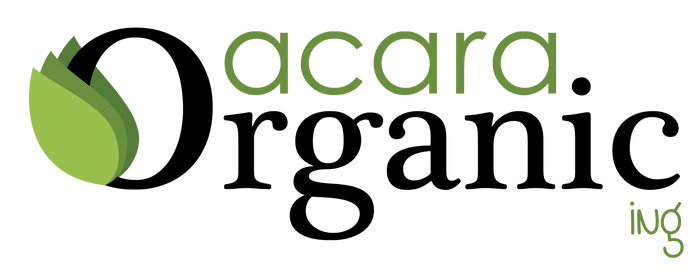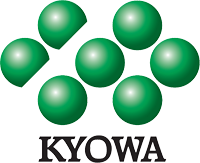Nutrition is not a one-size-fits-all endeavor. Calorie and nutrient needs vary throughout the life cycle, and rise and fall based on age, sex, activity level, and illness or disease—not to mention formative periods like pregnancy or infancy through adolescence. Key nutrients such as omega-3 fatty acids, iron, collagen and more can all contribute to various aspects of health, whether supporting cognition, immunity, bone and muscle development, or a host of other activities across the lifespan.
December 12, 2017

Table of Contents
Viewpoint
by Rachel Adams
Introducing the Wellderly
by Lisa Schofield
Ensuring Healthy Child Development via Optimal Nutrition
by Rachel Adams
Specializing Supplements Across the Life Cycle
by Kimberly Kawa
Marketing Age-Related Nutritional Ingredients to Consumers
by Lindsey Carnett
Intellectual Property Trends for Age-Specific Products
by Andreas Baltatzis and Gideon Eckhouse
Takeaways for Your Business
Research shows peak vulnerability for cognitive development is during the first 1,000 days of life.
Children’s vitamin and minerals are a US$245.1 million segment, and teen supplements, $14 million.
Top-selling ingredients for adults over 50 are protein (animal, plant and whey/casein) and fish oil.
Underwritten by:
|
|
|
|
|
|
You May Also Like










.png?width=800&auto=webp&quality=80&disable=upscale)